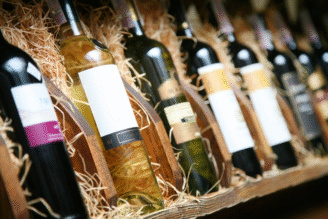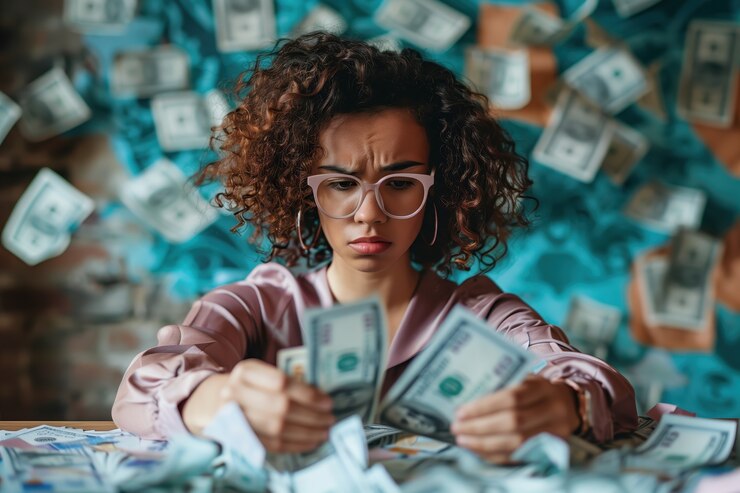Tokenization of Real World Assets: What is it and what are the real assets?
Learn what tokenization of real world assets is, how it works, and which real assets can be digitized to enhance liquidity.
Understand what real world asset tokenization is

Have you ever heard of tokenization of real assets? It may seem like a complicated concept, but it is actually something that is revolutionizing the way we invest, trade, and even how we think about property.
Want to know more details about the subject? Then come with us, and we will explain exactly what this means and why it is causing so much noise in the financial and technological world.
What is tokenization?
Tokenization is the process of turning a real-world asset into a digital token that can be bought, sold, or traded on online platforms.
Imagine you own a property, a piece of art, or even a fraction of a company. Traditionally, buying or selling these involves lots of paperwork, contracts, middlemen, and bureaucracy.
With tokenization, that real asset is represented by a “token”, a kind of digital certificate, on a blockchain, which is a secure and transparent technology.
These tokens work like digital pieces representing ownership of that asset, making it much easier, faster, and more accessible to trade.
Why tokenize real assets?
The big advantage of tokenization is to democratize access to investments that were previously complicated or out of reach for many people.
Let’s take the example of real estate. Buying an entire apartment requires a lot of money, paperwork, and time to close the deal.
But what if you could buy just a small fraction of that property? And do it with a much smaller amount, through an easy digital transaction?
That’s exactly where tokenization comes in. It allows you to split the value of an asset into many tokens, making it possible to invest small amounts in things that were once only for big investors.
Plus, the process is faster and cheaper because many traditional steps are simplified through technology.
What real assets can be tokenized?
When we talk about “real assets,” we mean physical goods and rights that exist in the real world and have value. There are many types, and the list keeps growing as technology advances. Here are some common examples:
- Real Estate: houses, apartments, land, and commercial buildings can all be tokenized. This lets you buy a fraction of the property or participate in digital real estate funds;
- Artwork: paintings, sculptures, and other art forms are valuable assets. With tokenization, you can buy a share of these works, opening investment opportunities for art lovers;
- Commodities: gold, silver, oil, and other physical commodities can also be tokenized. Instead of buying the metal or fuel itself, you buy tokens that represent a share of that stock;
- Vehicles: cars, boats, and airplanes can be turned into tokens, making ownership and trading easier.
- Financial Assets: stakes in private companies, bonds, copyrights, and future contracts can also be tokenized. This makes buying and selling these rights simpler;
- Agricultural Land: farms and agricultural plots, usually expensive and complex to invest in, can be fractioned into tokens as well.
How does it work in practice?
Let’s say a company wants to sell a large farm, but instead of selling it all to one buyer, it decides to tokenize the asset.
The farm is valued at, let’s say, 10 million dollars, and the company creates 10 million tokens, each representing a fraction of the ownership.
You, interested in investing, can buy 1,000 tokens, meaning you own a proportional share of that farm. You could receive part of the profits from the farm’s production or benefit from its future appreciation, all without having to manage the farm directly or invest millions.
Also, these tokens can be traded on digital platforms, similar to stock exchanges, where investors buy and sell ownership shares with ease and security.
Conclusion
Tokenization of real world assets basically means turning physical goods into digital tokens, opening a new world for people who want to invest more easily, accessibly, and diversely.
Real estate, art, commodities, and many other assets can be fractioned and traded thanks to blockchain technology.
Although challenges remain, this innovation is growing and changing how we view ownership and investment. If you want to stay ahead in the future of finance, understanding tokenization is a great place to start.





